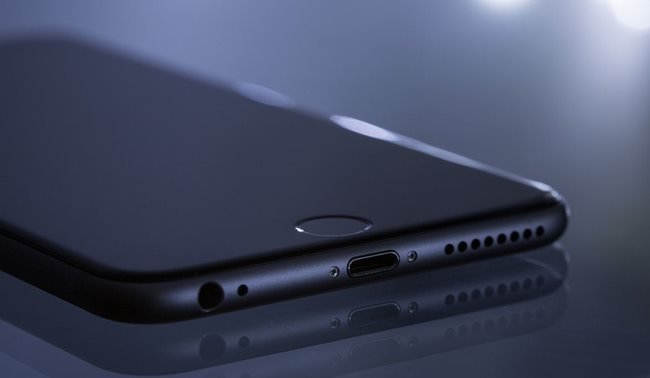
Top stories


Marketing & MediaCammy Msimango on finding her footing in South Africa’s fast-moving digital newsroom
Esther Tomorrow, MDNTV 5 hours




More news








It's considerably more restrictive than alternative measurement methods and if improved, it could wind up being more attractive to app install advertisers. These complications are baked into the Apple pie, not just within iOS. Advertisers within multiple industries will need to keep watch to make sure their strategies don’t turn rotten.”
Below are thoughts from AdColony’s Jonathan Harrop, vice president of global marketing and comms.
Ostensibly, Private Relay applies only to web traffic, via Safari on Apple devices. In-app traffic isn’t currently impacted, except in very specific circumstances. All apps are already mandated to use secure connections so it doesn’t really apply.
However, several gaming apps on my own device work perfectly on Wi-Fi, but fail to connect when on my cellphone provider’s 5G network. Whether this is due to a bug on the carrier end, or the app developer’s end, is beyond my ability as a marketer to suss out, but it’s something app developers need to be ready for. Apple has some guidance on their developer portal, and has also added exceptions for specific network connections since Private Relay’s initial rollout.
Private Relay, by design, is somewhat opaque to the end-user. Those settings are buried fairly deep in the menus, and I expect most users will give up trying to load whatever it is and move on. Or, they’ll turn Private Relay off entirely out of frustration with the feature, which Apple certainly doesn’t want.
In the near term, impacts may be low. For now, Private Relay is opt-in, and by virtue of being so, is probably being used by the same privacy-forward consumers who were using third-party ad blockers already (either as Safari Extensions, or just using a non-Safari browser like Opera or Firefox).
However, if you’re a web publisher, prepare to have a lot less information to feed into the bidstream for impressions. Location information is generic enough to enable some targeting, but this is another layer of Apple obfuscating individual devices from the ad ecosystem, by design.
If you’re an app developer, talk to Apple. I’d be asking questions constantly about this feature and staying on top of it as much as I can.
Currently, Private Relay is opt-in. I fully expect Apple to turn this into an “opt-out” feature once they’re comfortable with its reliability for iCloud+ users and remove the beta label. Based on my experience watching Apple roll things out, I wouldn’t be surprised if Private Relay becomes a standard feature of iOS next year, running beyond iCloud+ members, where everyone is allowed to use it by law.
The mail privacy features are the biggest change that Apple introduced this year. This impacts marketers closer to consumers, by hiding open rates that markets rely on to close the sale. Because of this, D2C companies in particular are potentially in a real “AB test” world of hurt, as email open rate has been a massive part of their testing over the years. Click rate is an obvious upper-funnel alternative, but lower-funnel actions like add to cart, checkout, and things where there’s a direct result, will need to be more carefully scrutinized to really see what email messaging drives results.
iOS 15 updated SKAdNetwork to include advertisers gaining the ability to get a direct copy of the install postbacks that ad networks and bidders are driving for SKAdNetwork measurement. SKAdNetwork itself was a decent first stab by Apple. The improvements over the past year have helped, but there’s still more work for Apple to do.
Apple needs to continue trying to find a balance between privacy and measurement. Using 1-100 campaign IDs for everything from country to creative to back-end AB testing for technical deployments, for example, is not feasible. The measurement of conversion events in SKAN postbacks also continues to be a limitation for advertisers, bidders, and ad networks alike as it is considerably more restrictive than alternative measurement methods.
After years of being secondary to the major players, 2022 is going to be the year truly independent adtech providers are seen as actually valuable by large advertisers. By operating the “middle of the sandwich” on both a direct SDK supply without owning an app studio, and working with every trustworthy measurement source, these companies will become even more attractive as advertisers ask hazy platforms and ad networks hard questions about where their ad dollars are going.
2022 will see more advertisers seeking channels with broad reach and real transparency. Companies that deliver those things and the advertisers willing to look beyond just what’s worked in the past will be the winners for 2022.